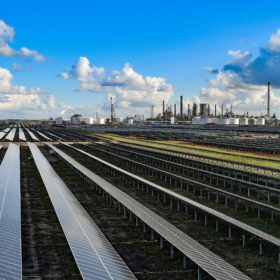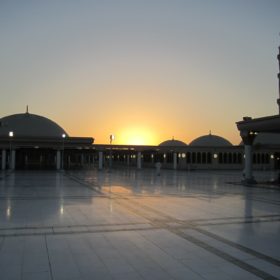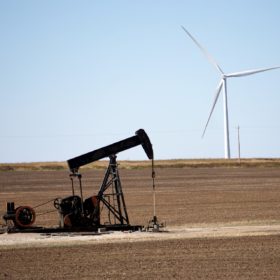Germany tops global league table for renewable energy
A list compiled by a British price comparison website draws upon data from German company Statista which shows clean energy – including hydro – made up 12.74% of the nation’s power mix at the end of September.
The weekend read: Your guide to market growth in 2020
Some 15 countries are likely to be able to lay claim to the status of being members of solar’s “gigawatt club” in 2019, according to conservative projections from BloombergNEF. Nonetheless, PV suppliers, developers and service providers are always on the lookout for new pockets of growth. To kick off 2020, pv magazine’s global team of correspondents and editors have highlighted 10 “fast-growing” solar markets to evaluate where the opportunities, and potential risks, lie.
Solar is gaining traction in MENA region – but plenty of obstacles remain
Solar deployment continued to pick up in the Middle East and North Africa in 2019, the Middle East Solar Industry Association has said in its annual report.
Stretching exercises for crystalline silicon solar cells
Researchers from Saudi Arabia’s King Abdullah University of Science and Technology have created flexible solar cells made of crystalline silicon. They claim to have stretched a crystalline silicon cell’s surface by around 95% while maintaining conversion efficiency of around 19%.
Saudi Arabia launches 1.2 GW solar tender
With the third procurement round of the kingdom’s National Renewable Energy Program, the Renewable Energy Project Development Office is tendering four large-scale solar projects. Successful bidders will have to include at least 17% local content in their facilities.
Tungsten disulfide helps organic solar cell reach 17% efficiency
Researchers from Saudi Arabia’s King Abdullah University of Science and Technology claim to have developed a highly performant organic PV cell using tungsten disulfide flakes a few atoms thick. The stability of the device, however, is still to be evaluated.
Saudi Arabia’s 300 MW Sakaka solar plant comes online
The PV facility was completed a month and a half ahead of schedule by Saudi energy company ACWA Power. The project will sell power at $0.0236/kWh.
Clean energy must be rolled out six times faster
To have any hope of restricting global heating to a maximum of 1.5 degrees Celsius, the renewables success story which saw 108 GW of solar deployed last year needs to be cranked up to the next level – and fast.
Scientists hit 21.6% perovskite cell efficiency using concentrator PV
An international research group achieved the result on a 9 sq mm, triple-cation based, n-i-p structured perovskite cell using low solar concentration levels. Device instability, however, remains a challenge.
Fossil fuel dependence and poor governance? Fasten your seatbelts
A study of the after-effects of the energy transition has assessed 156 nations and ranked a surprising winner. Here, energy expert Indra Overland discusses the findings of the GeGaLo Index as part of our interview examining renewables and geopolitics.










